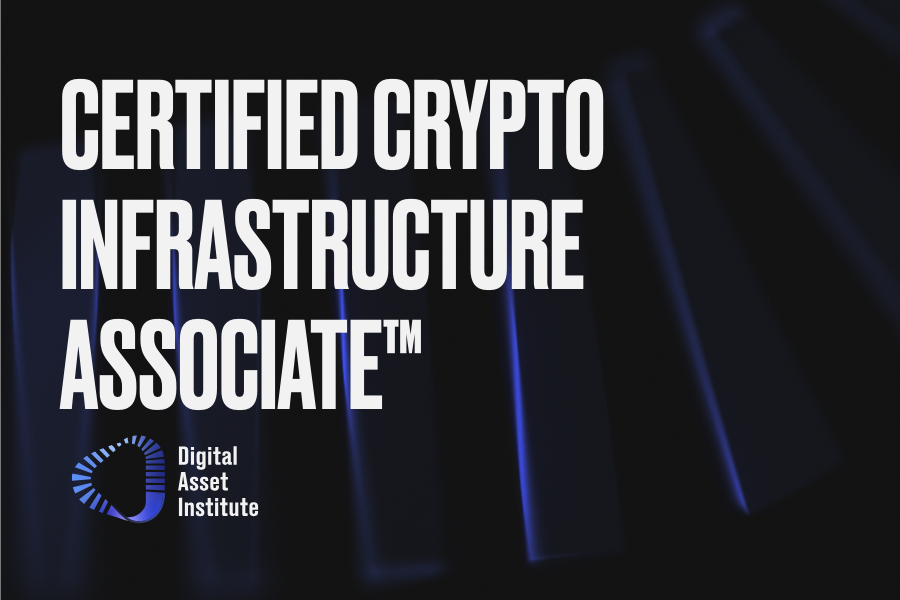Differentiate CEX vs DEX market infrastructure and diagnose key risks, custodial, regulatory, and centralised-dependency, with concrete mitigations.
Evaluate custody models (custodial, non-custodial, hybrid), clarify control of private keys, and select fit-for-purpose operating controls.
Model liquidity, smart-contract, and oracle risks; apply audits, bug bounties, timelocks, and resilient oracle designs to reduce failures.

Program Overview
This program maps the rails that make crypto markets work, and where they break. We unpack exchange models (CEX/DEX), highlighting custodial exposure, regulatory/geofencing pressures, and centralised dependencies like RPCs, front-ends, and domains, plus how to keep operating when a front-end goes down. We then drill into custody choices and the real-world “grey areas” teams face, before turning to a practical risk playbook for liquidity, smart-contract, and oracle failures. Finally, we survey consumer protection and regulation, using the Innovation → How it helps table and the Evolving Regulatory Landscape table to frame integration with TradFi without abandoning permissionless values. Graduates leave fluent in infrastructure, risk, and controls.
Course Curriculum
-
1
Navigating Crypto Market Infrastructure
-
(Included in full purchase)
Exchanges
-
(Included in full purchase)
Video 1 - Exchanges
-
(Included in full purchase)
Quiz 1
-
(Included in full purchase)
Custody Options
-
(Included in full purchase)
Video 2 - Custody Options
-
(Included in full purchase)
Quiz 2
-
(Included in full purchase)
Consumer Protection in Crypto
-
(Included in full purchase)
Video 3 - Consumer Protection in Crypto
-
(Included in full purchase)
Quiz 3
-
(Included in full purchase)
Crypto Risk Models
-
(Included in full purchase)
Video 4 - Crypto Risk Models
-
(Included in full purchase)
Quiz 4
-
(Included in full purchase)
Skills Gained & Business Application
You’ll turn infrastructure complexity into confident decisions. Learn to vet exchanges for custodial and jurisdictional risk (proof-of-reserves, withdrawal policies), maintain backup access paths to DEX contracts when front-ends fail, and harden your stack against centralised infrastructure outages. Build a custody architecture, self-custody, hardware, multisig, or service providers, that matches your team’s risk appetite. Apply a risk toolkit to live situations: identify liquidity fragility, demand formal audits/bug bounties, enforce timelocks/multisig on upgrades, and adopt robust oracle patterns. We address common blockers, platform blow-ups, inconsistent rules, unclear key ownership, with checklists and vendor-diligence rubrics your risk, product, and ops teams can execute immediately. Expect fewer incidents, faster due-diligence cycles, and clearer client/regulator conversations.
Who this program is ideal for
✓ Trading ops & execution leads: Improve venue selection, withdrawal discipline, and contingency access to DEX contracts when front-ends/RPCs fail. ✓ Product managers & solution architects: Design user journeys resilient to centralised dependencies; specify custody tiers and upgrade-safety controls. ✓ Risk, compliance & audit: Build control libraries for custody, MiCA-style obligations, disclosure/audit status, and irreversible-transaction procedures. ✓ Security & protocol engineers: Operationalise audits, bug bounties, timelocks, multisig approvals, and resilient oracle designs to prevent insolvency events. ✓ Legal & policy teams: Navigate geofencing, jurisdictional exits, and data-privacy exposure from KYC-heavy platforms to advise on platform choice. ✓ Treasury & finance operations: Define wallet segregation, counterparty tiers, and liquidity playbooks to reduce slippage and bridge/venue risk.
Become A Certified Crypto Infrastructure Associate
Graduates earn the Certified Crypto Infrastructure Associate credential, equipped with frameworks, checklists, and visuals to evaluate, select, and operate crypto market infrastructure with confidence.
$215.00
